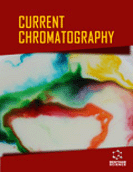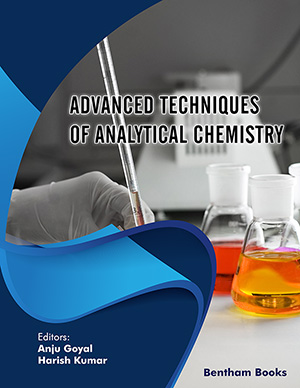Abstract
Different nanoparticles have successfully been used in laboratory, pilot and field scale for degradation of organic dangerous pollutants during the last decades. In fact, nanotechnology will, in the near future, play a key role in soil and ground/wastewater decontamination chemical processes. However, since many of the developed techniques for this purpose are still at an experimental or pilot stage, there is a need to demonstrate their large-field scale rather than laboratory effectiveness, i.e. to show they are safe, the reaction proceeds at satisfactory rates and the remediation of target compounds achieved. Good reproducibility, robustness, and the knowledge of generated by-products are also relevant parameters to be defined. To accomplish these goals, suitable methods should be used for the qualitative and quantitative analysis of target compounds and their byproducts.
The aim of this work is to review the analytical methods used in nanoparticles remediation processes for the monitoring of organic contaminants in matrixes such as soils, sediments and water. To this end, previous works were examined and classified according to the chemical nature of the most frequent compounds involved in remediation studies: volatile and semi-volatile organic compounds and, among them, halogenated and non-halogenated solvents, pesticides, explosives and polycyclic aromatic hydrocarbons. Although gas and liquid chromatography are analytical methods highly often used for monitoring these compounds, only a few works validate their methodology. Consequently, taking into account the results of this overview, analytical methods based on headspace analysis coupled with gas chromatography-mass spectrometry are suggested as a future perspective in remediation procedures with nanoparticles.
Keywords: Nanoparticles, remediation, organic pollutants, analytical methods, gas chromatography, liquid chromatography, headspace (HS), headspace-solid phase microextraction (HS-SPME).
 95
95 9
9

















